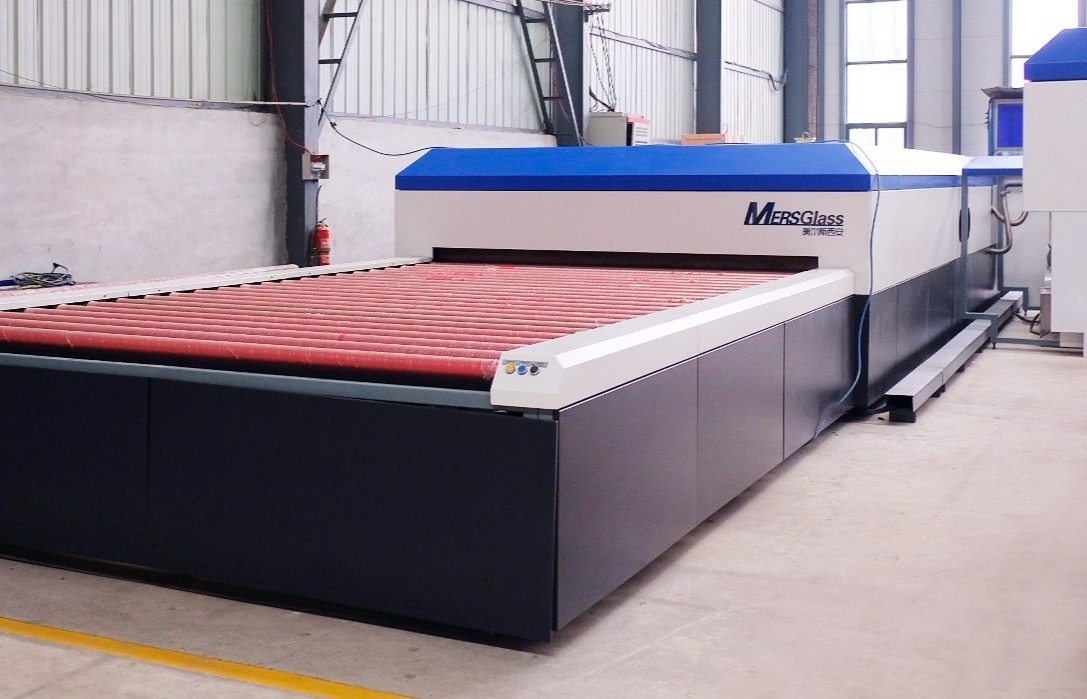
# Glass Laminate Machine Without Autoclave: A Modern Solution for Laminated Glass Production
## Introduction to Non-Autoclave Glass Lamination
The glass industry has seen significant advancements in recent years, particularly in the field of laminated glass production. Traditional autoclave-based lamination processes are being challenged by innovative non-autoclave glass laminate machines that offer numerous advantages in terms of efficiency, cost-effectiveness, and environmental impact.
## How Non-Autoclave Lamination Works
Non-autoclave glass laminate machines utilize advanced technologies to bond glass layers without the need for high-pressure autoclaves. These systems typically employ one of several alternative methods:
– Vacuum bag systems
– Roller press technology
– UV curing processes
– Heat and pressure combination systems
The process begins with cleaning and preparing the glass surfaces, followed by the application of interlayer materials such as PVB (Polyvinyl Butyral), EVA (Ethylene-Vinyl Acetate), or other specialized polymers. The assembled layers then undergo the bonding process specific to the machine type being used.
## Advantages of Autoclave-Free Lamination
Choosing a glass laminate machine without autoclave offers several compelling benefits:
### Cost Efficiency
Non-autoclave systems eliminate the need for expensive autoclave equipment and the associated high energy costs. The operational expenses are significantly lower, making the technology accessible to smaller manufacturers.
### Increased Production Speed
Without the lengthy autoclave cycle times, production throughput can increase dramatically. Some non-autoclave systems can complete the lamination process in a fraction of the time required by traditional methods.
### Energy Savings
The reduced energy requirements of non-autoclave processes contribute to lower carbon footprints and align with modern sustainability goals in manufacturing.
### Flexibility in Production
These systems often allow for easier customization and smaller batch production, making them ideal for specialized or architectural glass applications.
## Applications of Non-Autoclave Laminated Glass
Glass produced with non-autoclave laminate machines finds use in various industries:
– Architectural glazing for buildings and facades
– Automotive glass production
– Safety and security glass applications
– Decorative and specialty glass products
– Solar panel manufacturing
## Choosing the Right Non-Autoclave Lamination System
When selecting a glass laminate machine without autoclave, consider these factors:
– Production volume requirements
– Types of interlayer materials you plan to use
– Desired glass thickness capabilities
– Available factory space
– Budget constraints
– After-sales support and service availability
## Future Trends in Glass Lamination Technology
Keyword: non autoclave glass laminate machine
The non-autoclave glass lamination sector continues to evolve with several promising developments:
– Integration of IoT for process monitoring and optimization
– Development of new interlayer materials with enhanced properties
– Improved automation for higher precision and consistency
– Hybrid systems combining multiple lamination techniques
– Environmentally friendly processes with reduced waste
## Conclusion
The glass laminate machine without autoclave represents a significant step forward in glass manufacturing technology. By offering a more efficient, cost-effective, and environmentally friendly alternative to traditional autoclave processes, these systems are reshaping the laminated glass industry. As technology continues to advance, we can expect even more innovative solutions to emerge in this field.